Captain Tsubasa Rise of New Champions is every bit the game you’d expect from the famous Japanese football anime franchise. But if you are expecting this game to provide an action-packed alternative to FIFA or PES, you’d be disappointed to learn that although this is a game about football, it is not a football game per se.
With that being said, players cannot expect simulation like precision nor any sense of realism when playing this game. The Japanese sports series has never been about realism. It’s about imagination. And in this regard, the developer did a splendid job in converting the blockbuster-worthy moves that made the anime popular, into something we can execute in the game at our pleasure.
A Story About Football
Rise of New Champions offers several gameplay modes. The story mode contains two storylines, the first of which allows you to play through the third middle-school national youth championship arc in the anime, and the second that covers the International World Youth Championship.
The middle-school national youth championship line covers the story of Tsubasa and his Nankatsu FC middle-schooler football team. After winning the past 2 national championships, Nankatsu FC is on their quest to secure a third consecutive title. Their rivals are hell-bent to stop them, especially the Toho Academy football team lead by Tsubasa’s long-time rival, Hyuga Kojiro. This arc is perfect to help newcomers to the series settle down. Not only will players feel acquainted with the overall story and theme of the franchise, but it also introduces all the main characters to the player, which is important because one of the main storytelling points in Captain Tsubasa resides in the tales of rivalries between these characters.
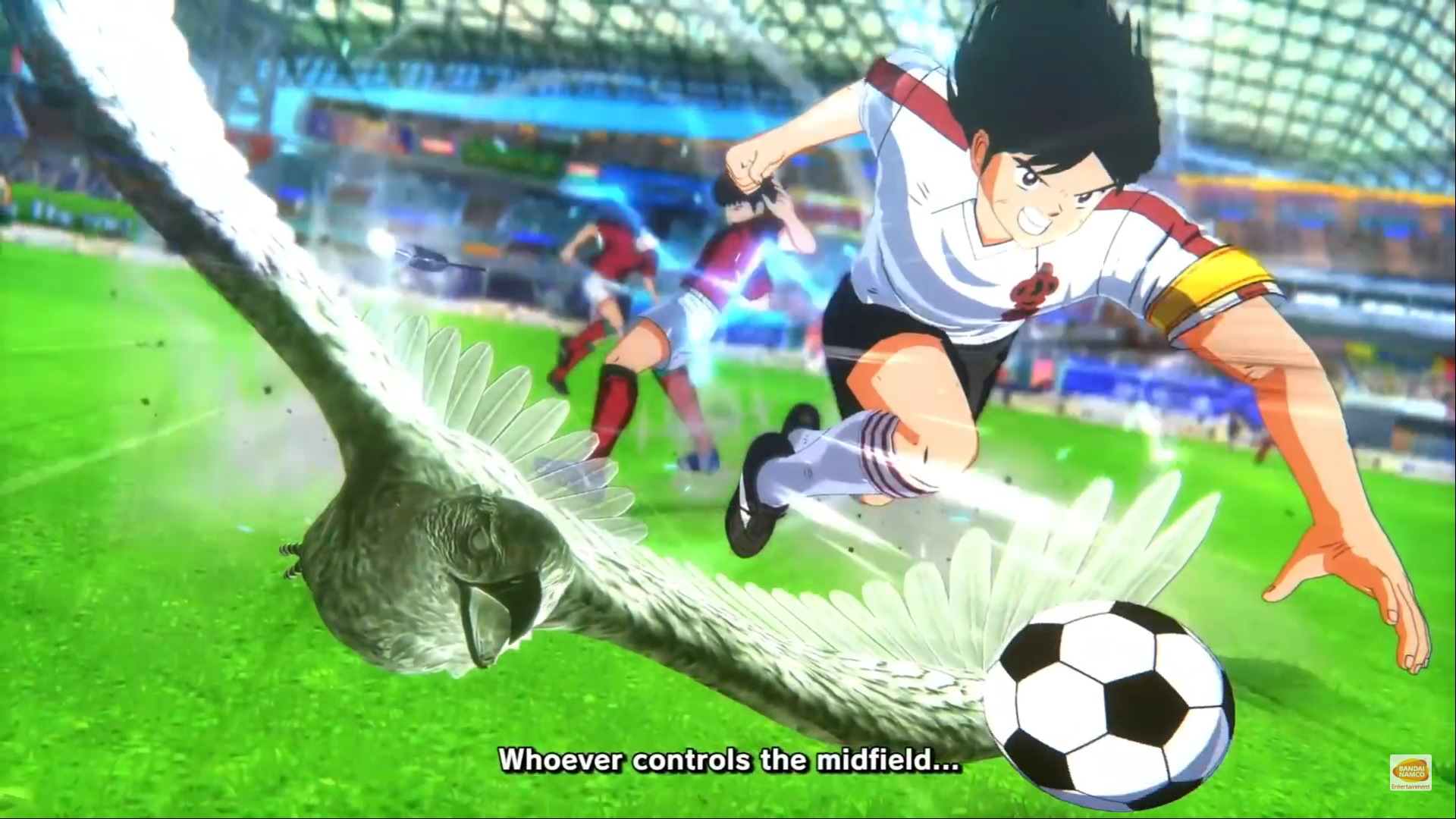
The second story mode allows the player to create a new character, and use it to join one of the existing teams. From there, the player would work with the team to qualify for the All Japan youth team in order to represent the country to the International Youth Championship. The player will also get to play and have a chance at winning said championship after competing with youth teams from other countries.
I liked the second arc better, simply because here, we would see all the famous characters in the series gather together in a single team to represent Japan. There is no greater feeling than seeing Tsubasa, Misaki, and the Tachibana brothers holding the midfield, while my own character and Hyuga both leading the line as forwards. The defenders are lead by Matsuyama, and the goal is tended by the reliable Genzo Wakabayashi.
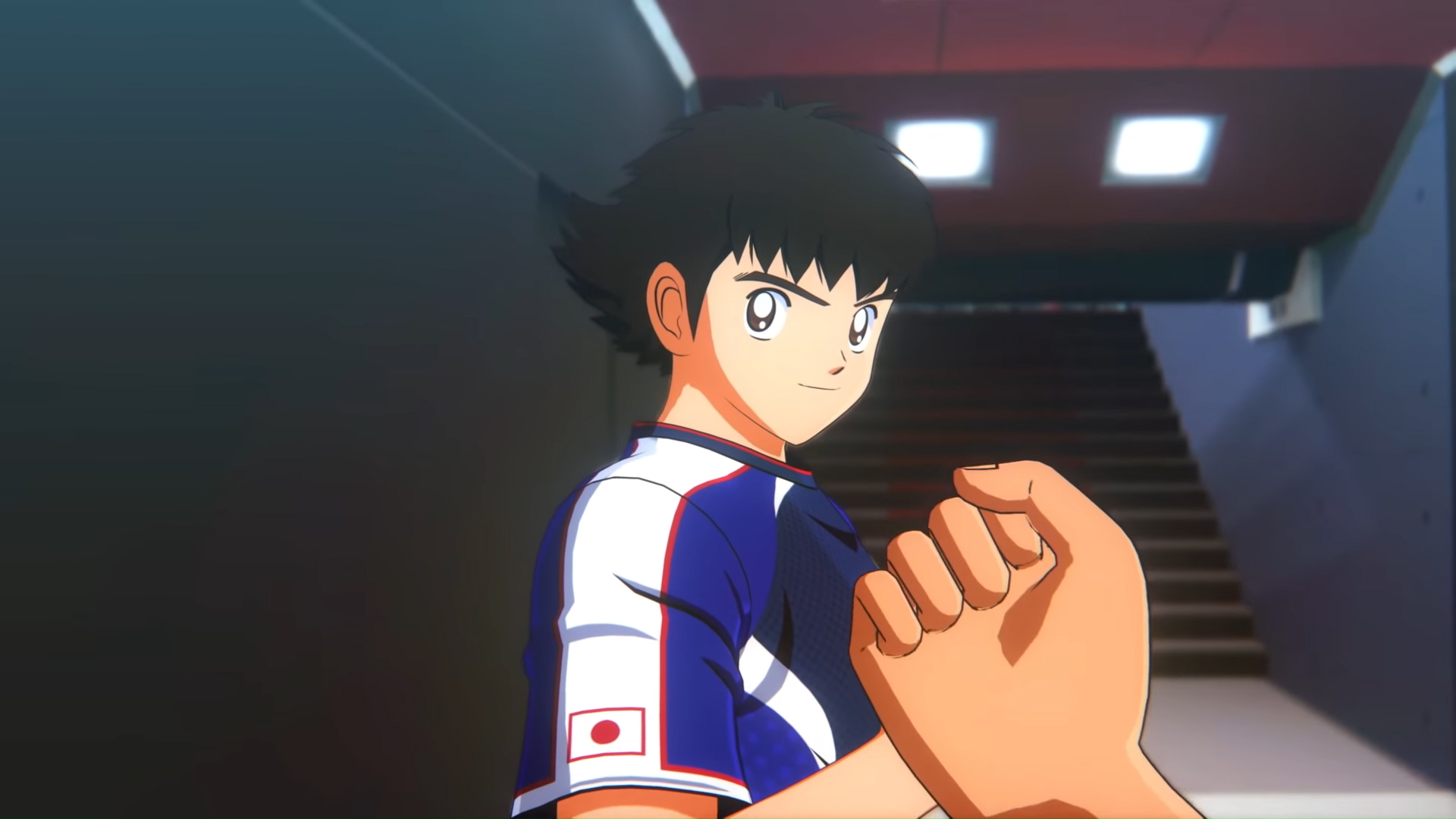
Story relevant cutscenes will kick in every now and then, even during the middle of the game to remind the player of the meaning behind these matches. Again, this is not a football game, but this is a game about football, and the tales and the journey taken by these characters on the way to become the best footballers in the world are what made Captain Tsubasa a popular football series.
Simple Controls and Mechanics
Controls in this game are simple and easy to remember. One does not need to scratch their head over skill moves like one would in FIFA or PES. Again, this game is not about a precise simulated experience or realism. This is an action-arcade game dressed to attend a Football themed party.
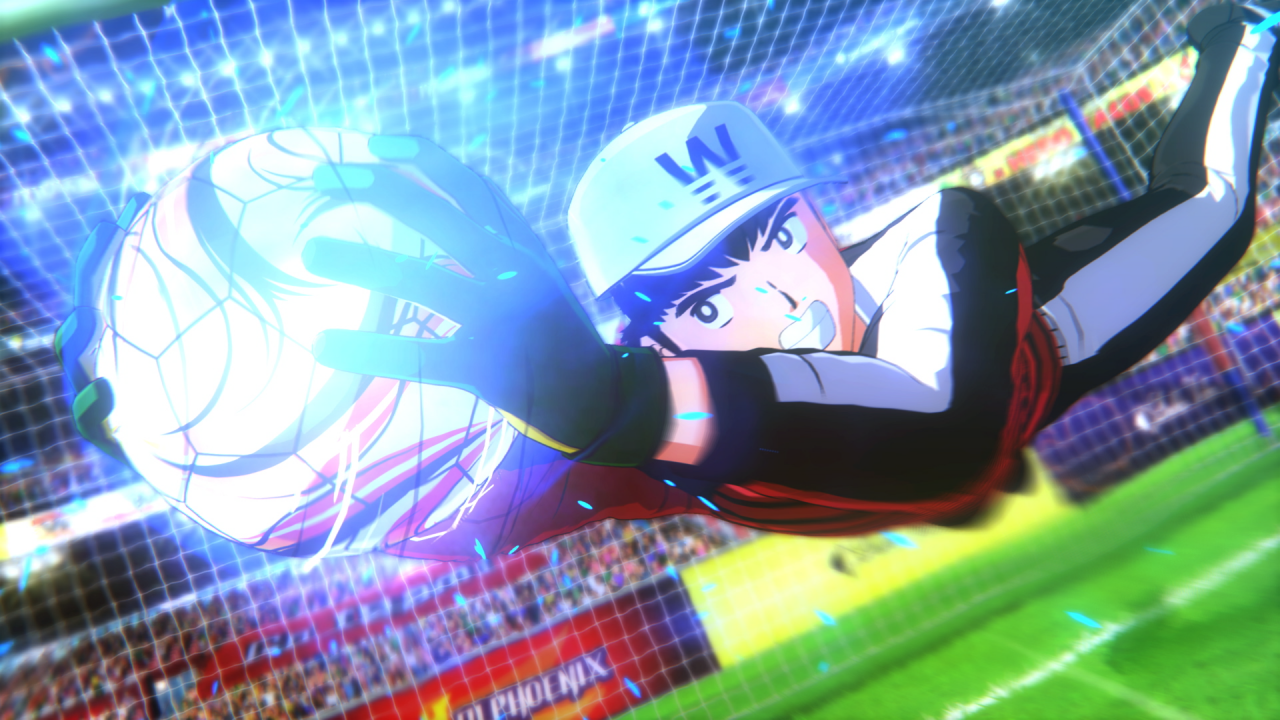
Shots are made by holding down the Square button, which fills up the power gauge. Once fully filled, the character can unleash their special shots (i.e Tiger Shot by Hyuga, and Tsubasa’s Drive Shot). When a shot is made, the goalie’s chances of saving it would depend on his stamina bar. Saving a shot costs stamina, and when this runs out, the next shot would result in a decisive goal. This is how the game distinguishes a good goalkeeper from normal ones – the good ones have ridiculously high stamina.
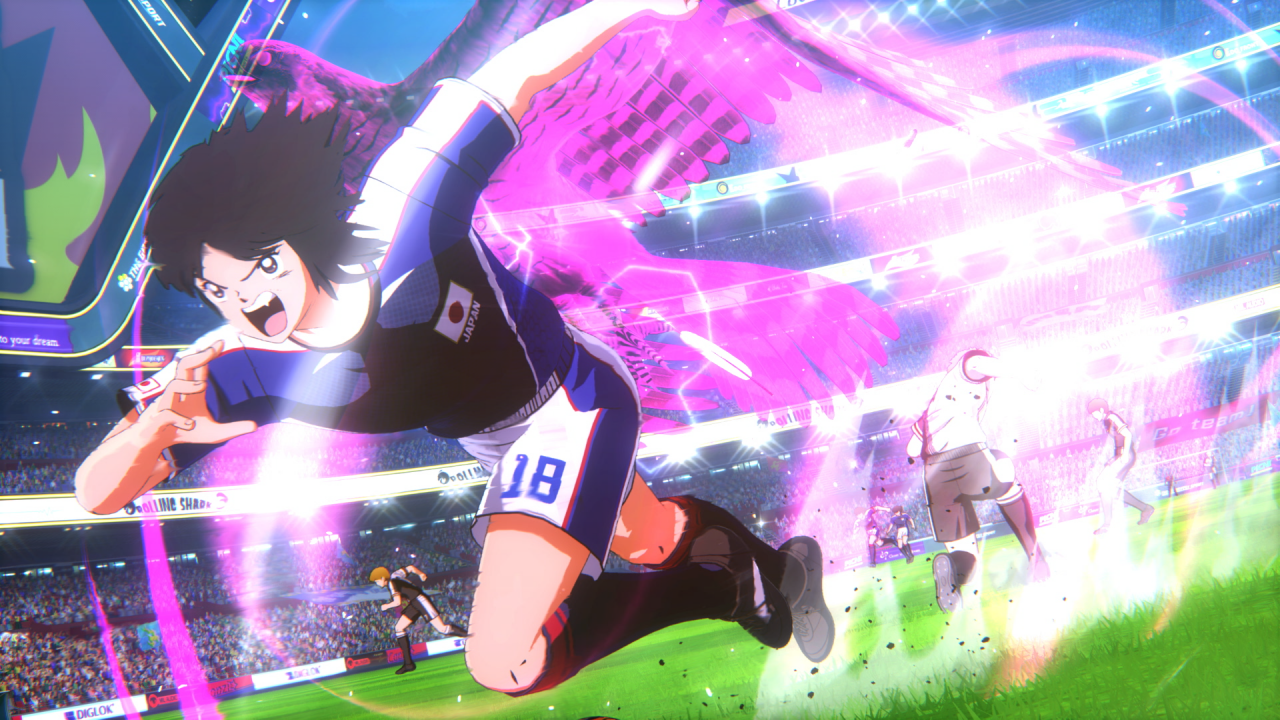
Tackles can be done in two ways – a shoulder charge where you literally bulldoze your opponent to steal his ball, or a slide tackle that would do the same. Players can escape a shoulder charge by tapping R2 at the right moment or hold R1 to escape a slide tackle. Tapping the wrong input or failing to act at all would see a guaranteed change in ball possession.
Escaping tackles will fill up a spirit gauge that works like a stamina bar. Short and long passes can also be made, as is through passes. Throughout the game, players can call for different formations to be assumed by the team via the directional keypad. Depending on the characters on the field, the players may also execute combo passes or shots, like Misaki and Tsubasa’s All Japan Twin Shot.
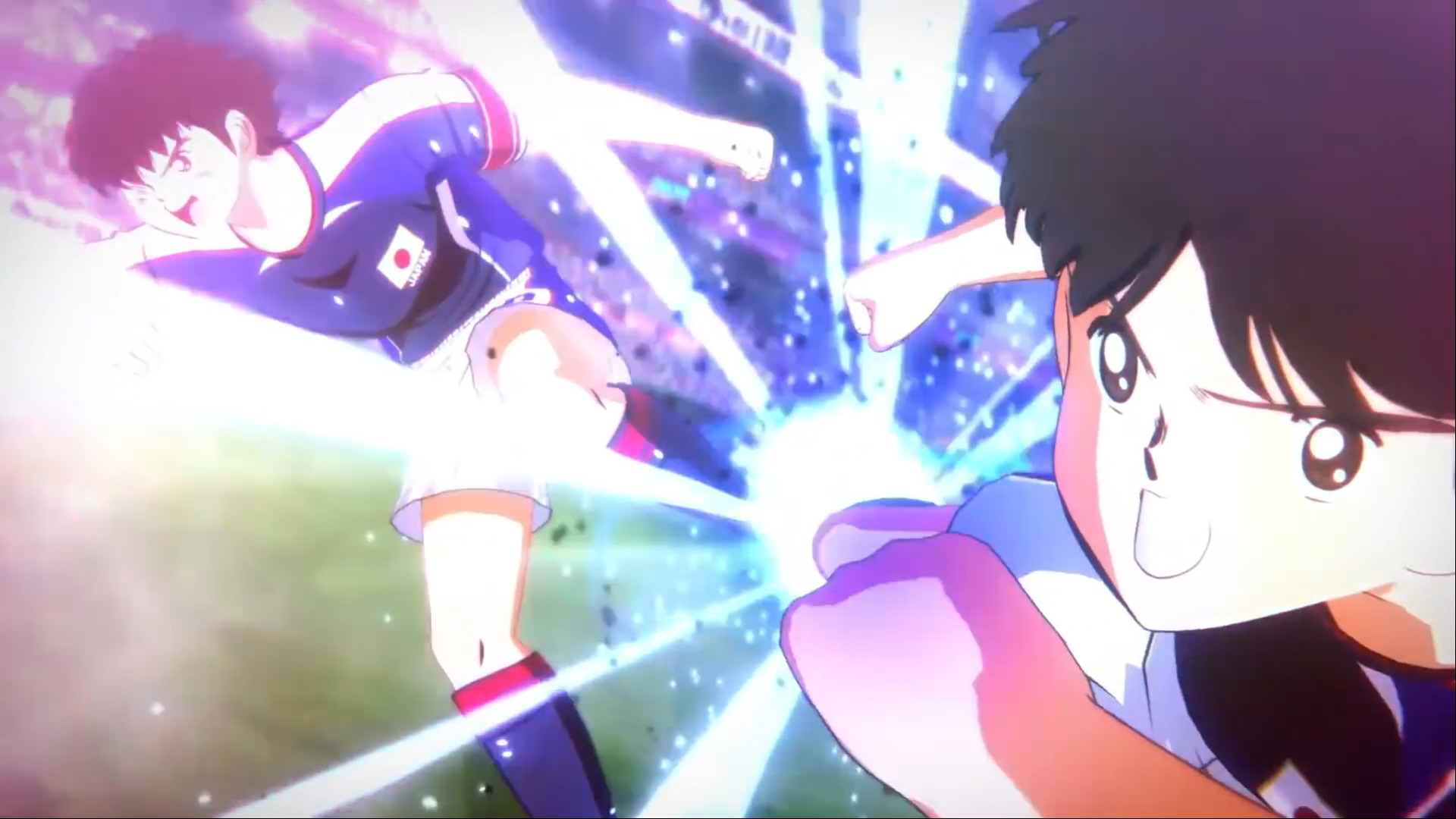
Tug of War Between Satisfaction And Frustration
Now, let’s talk about the actual gameplay experience. While the controls are simple enough, it quickly became apparent to me that simplicity does not guarantee fluidity, and here are some of the disturbing gameplay problems I found in the game;
- There were many instances where the action I input did not translate onto the action on-screen. The character would simply do nothing and I’d have the ball robbed from my feet.
- Running towards your opponents with a shoulder charge should have dislodged them from the ball, but there are times where nothing would happen at all as if my tackle did not connect – although I was sure it should have.
- Through Passes are almost useless in the game because it rarely produced the effect it should. The ball would always land on the opponent’s feet instead of finding empty space that allows forward runs.
- Teammates’ AI positioning is what pissed me off most of the time. I have lost count how many times the midfield is almost always empty because the AI simply took their sweetest time to return to defense, even when they have been set to assume a defensive formation.
- If the ball lands anywhere near the boundary line, chances are high that the ball is going to be out the moment someone’s foot connects to it. There is no subtle touch in this game. Whenever a touch lands, the character pushes forward automatically, sending it out of the line.
- Character switching can happen both manually or automatically. What’s awkward is, the auto switch can sometimes put you in control of a character further away when there is clearly one who is nearer to the ball. I tried manual switching to the one nearest but to no avail, the game simply wouldn’t allow it and as a result, I’d have to run a long distance to try to win the ball back from the dribbler. Now, remember when I said the AI’s positioning is bad? Imagine if the dribbler decides to pass a long ball after you almost reached them as there is little chance this character you controlled will put in any effort to make it back after you switched out, leaving you with an undesirable gap in the defense.
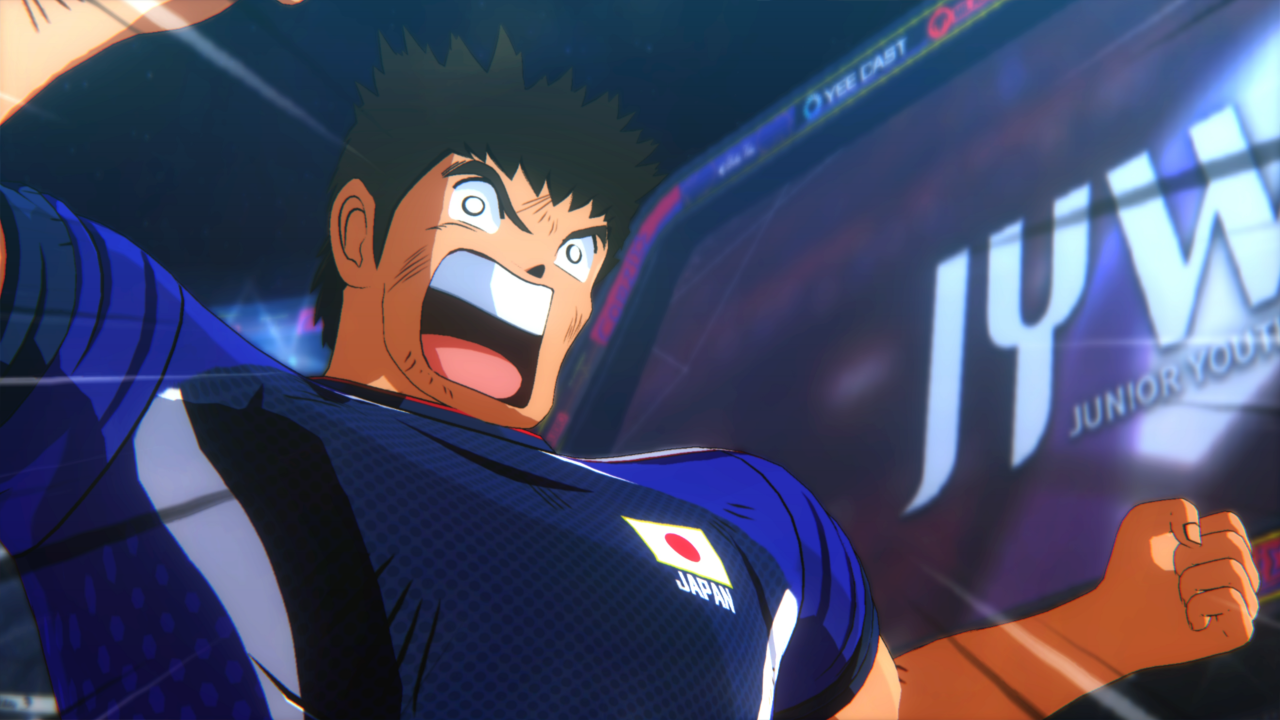
These problems I mentioned are small in nature although they do damage my gameplay enough sometimes to force me into restarting the round. But not all are bad. There are some jaw-droppingly good moments in this game as well, especially when you managed to charge up a fully powered skill shot from the midfield and see it hit the net.
Once you’ve mastered the dodge moves and timing, you’d be weaving in and out of defenders in no time. It took me a while to get used to doing that and the feeling was immensely satisfying when I got used to dishing out those moves.

At the end of the day, all these bombastic shots and skillful dribbling are what fans of Captain Tsubasa came to do, and to that end, they will find themselves rewarded bountifully with plenty of chances to do so.
Best Friends Forever
There is a friendship system in the game where the player can build a relationship with other characters in the game. The more advanced the friendship is, you’d be rewarded with the special moves of the said character. Every learned move can be equipped by the original character you made in the second story, and that character can be used in the online team against other players. I like this system a lot, to be honest. Though it can be a tad time consuming to build a team full of original characters just to take on the online crowd, I do appreciate having this option.
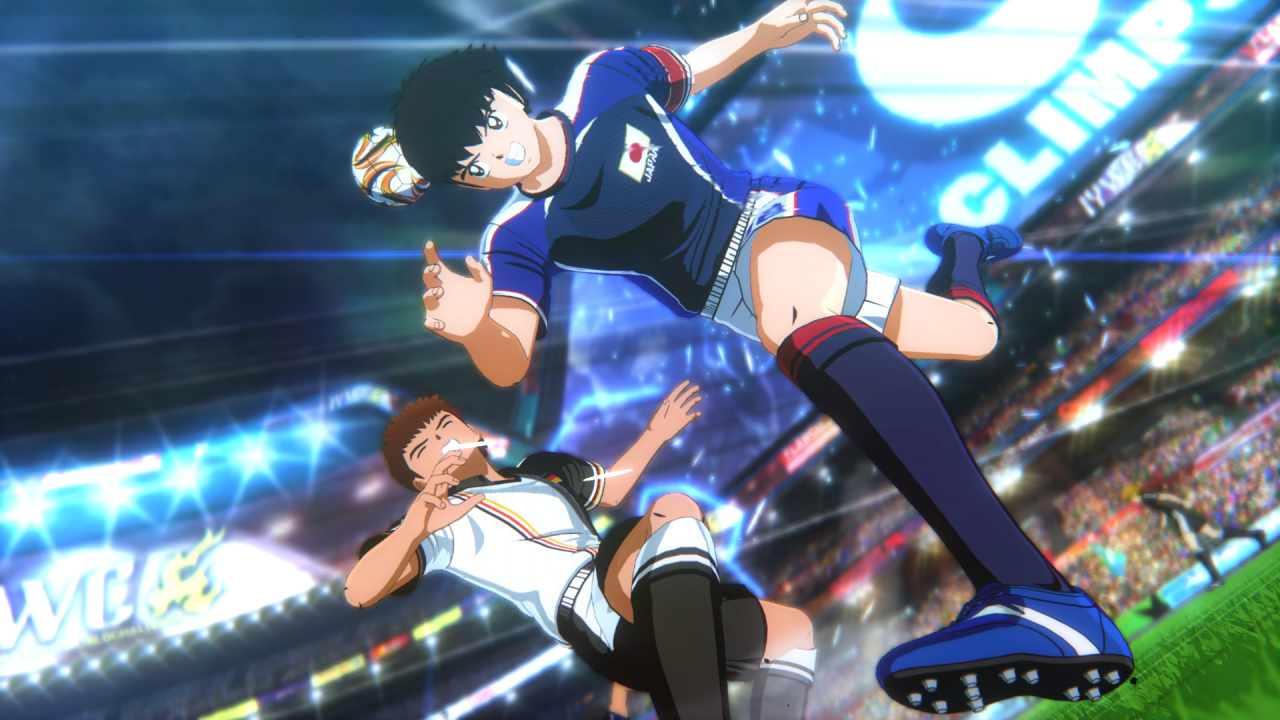
Multiplayer Is Okay But Shallow
There are two multiplayer modes in this game. One is the Versus mode where you can play a co-op or against your friends locally. The other is an online league mode divided into several divisions where a player can form their own dream team and work their way up from the bottom division.
The line-ups can be picked from existing characters in the series but there’s a catch. Since everyone would start from the lowest division, the player is only allowed to build a team not exceeding a certain power score. Each character has their individual power score, and the more powerful they are, the higher the score. The score limit upgrades as the player get promoted to a higher division.
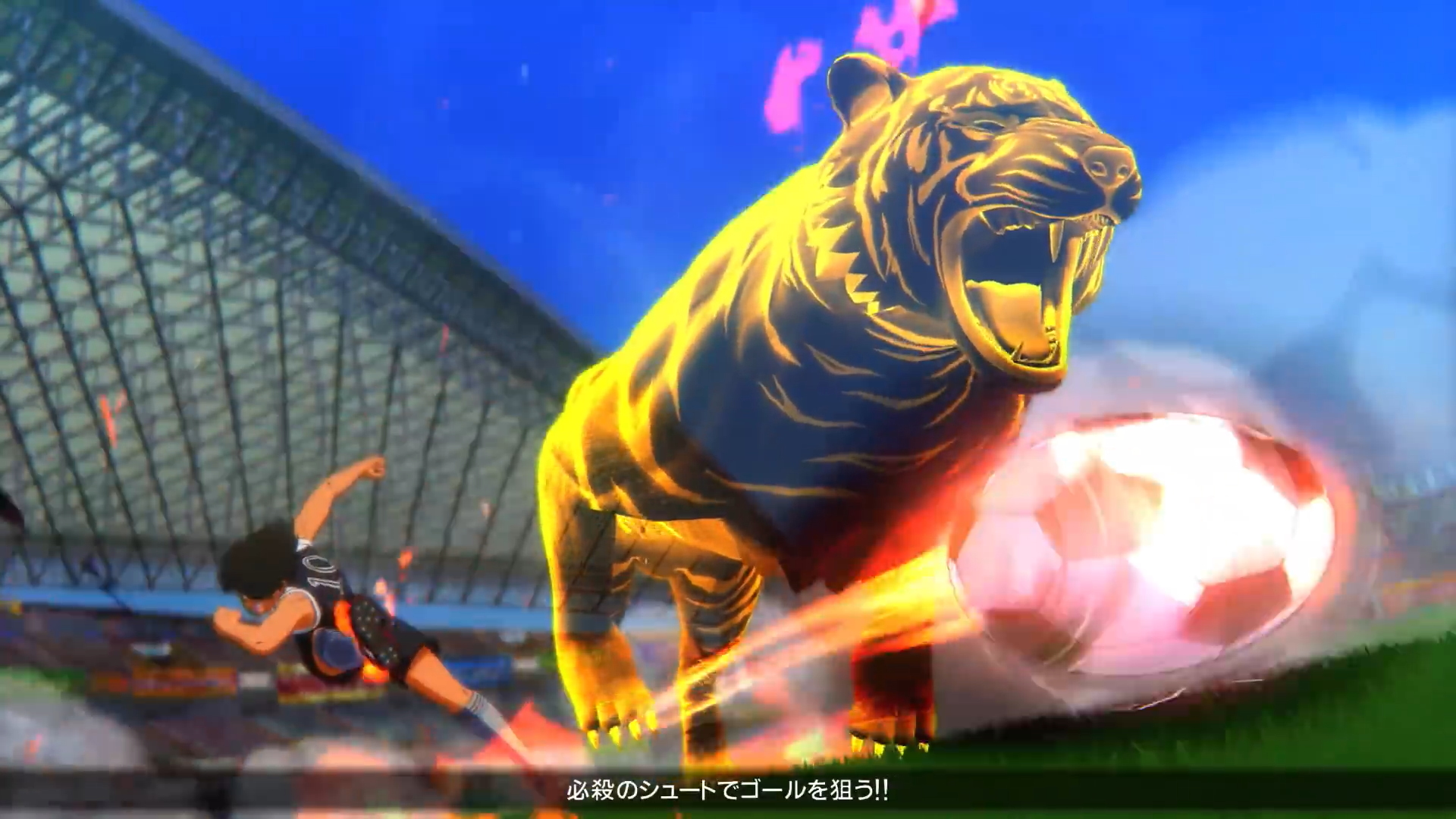
At first glance, the multiplayer modes didn’t look like they were designed to retain the players for the long term. Unlike FIFA’s FUT nor 2K’s MyTeam, the multiplayer mode here is merely present to provide another mode of gameplay and a chance for players to use their “Dream Team” to square off with other players. For Tsubasa fans like myself, this is great, but I can’t imagine it being fulfilling for anyone expecting more depth.
What I Liked About This Game.
- Cool movesets that really represent the Captain Tsubasa series.
- Good story-telling.
- Well done and paced story modes.
- Gameplay is fun
- Simple Controls
What I Wished Was Better
- Technical hiccups during gameplay.
- Sub-par Graphics.
- Little replay value.
Verdict
Concept wise, Captain Tsubasa Rise of New Champions mixes the sport and action genre together with impressive results. The game is already memorably good as it is, but the technical part of the game could really use some polishing if it truly wishes to shine. All-in-all, I do expect to see a second game from Bandai for this franchise, one with more gameplay depth and options, and of course, free of technical hiccups.



